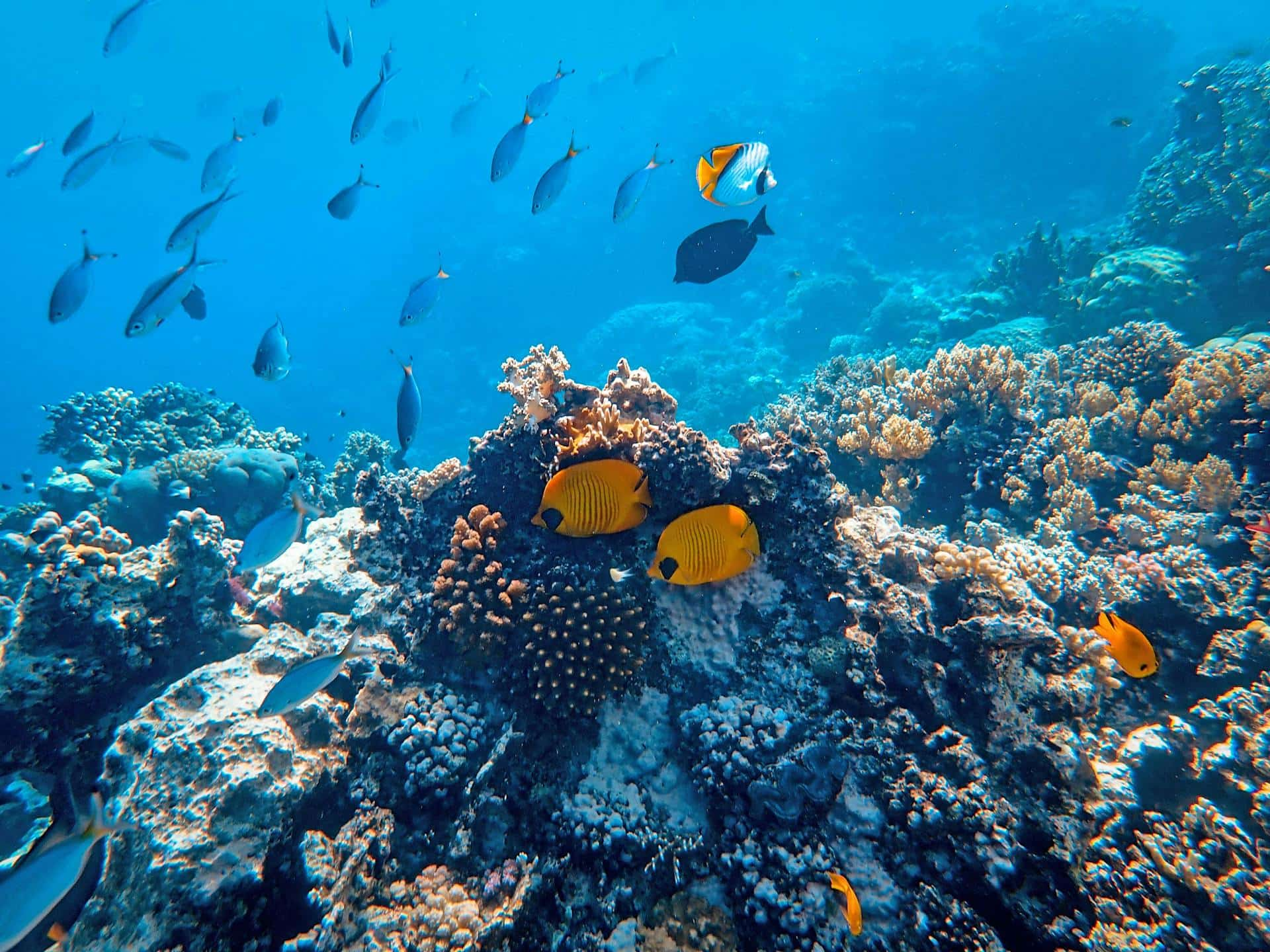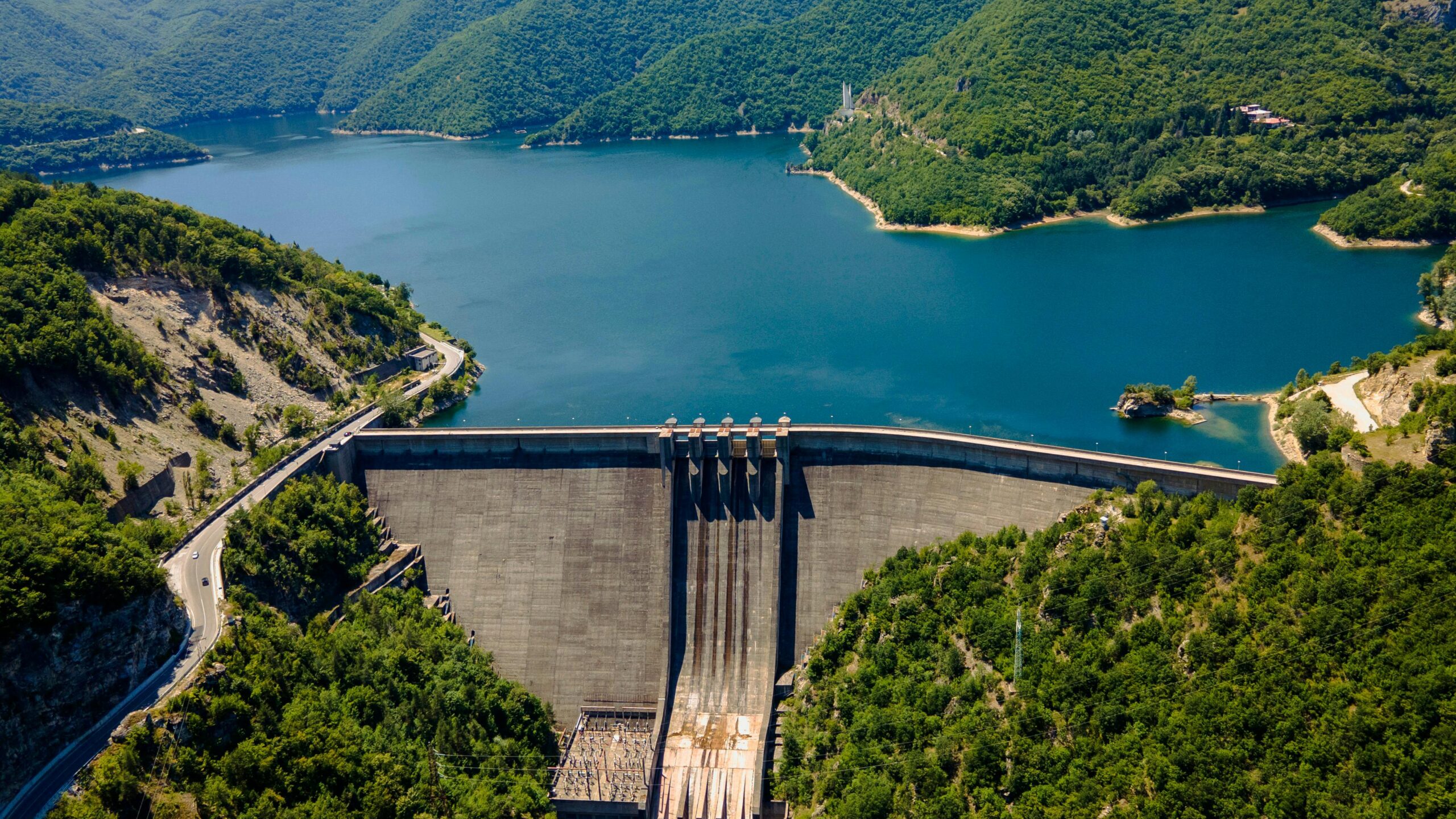Bathymetry
EO Capability Benefits
Satellite-Derived Bathymetry (SDB) delivers essential information for a wide range of applications, including marine navigation, habitat mapping, environmental monitoring, climate adaptation, disaster risk reduction, and sustainable marine spatial planning. The ability to generate continuous, high-resolution bathymetric data across broad and remote areas is particularly beneficial in regions where traditional bathymetric surveys are limited by cost, accessibility, or environmental constraints. SDB supports safer marine operations and infrastructure development, and allows stakeholders to assess the risks of coastal erosion, sediment transport, and storm surge exposure with improved spatial accuracy. In conservation contexts, SDB enhances understanding of underwater topography, which is fundamental for assessing ecosystems vulnerability, managing marine protected areas, and planning restoration activities such as coral reef recovery and seagrass preservation.
EO Capability Description
Satellite-Derived Bathymetry relies on high-resolution optical satellite imagery to derive depth information for shallow coastal waters. The process starts with selecting high-quality satellite scenes that meet strict visual criteria—such as minimal cloud cover, low turbidity, clear water conditions, and favourable sunlight angles—to ensure accurate reflectance data. Once selected, the satellite images are corrected for environmental influences, including atmospheric interference, surface reflection (sunglint), and adjacency effects from nearby land.
Depth estimation is achieved by analysing how different wavelengths of light—especially in the visible and near-infrared spectrum—interact with the water column and seafloor. Light attenuates differently depending on depth, water clarity, and seabed composition. By measuring this attenuation and applying a physics-based inversion model, depth values can be calculated for each pixel within the satellite image. This approach requires no on-site survey data and is calibrated through internal model parameters and spectral analysis.
Additional steps are taken to validate and refine the results. These include comparison with other datasets (such as altimetry or LiDAR), removal of outliers, and flagging of pixels affected by insufficient light penetration or surface interference. A depth threshold is applied to exclude optically deep waters where reliable measurements cannot be made. Vertical uncertainty estimates are also generated for each location, accounting for variables such as wave conditions, seafloor reflectance, and water clarity.
The final output is a bathymetric map with consistent spatial resolution, referenced to mean sea level and enriched with quality assurance layers. It enables reliable integration into coastal planning, hazard assessment, marine habitat modelling, and other applications that require precise and repeatable seabed elevation data.
Indicative Cost Ranges Details
For Europe, EMODnet Bathymetry offers a freely accessible bathymetric grid for European seas at 1/16 arc-minute (~115 m) resolution. At the global scale, the General Bathymetric Chart of the Oceans (GEBCO) provides the most widely used global bathymetric grid, currently at 15 arc-second (~500 m) resolution.




